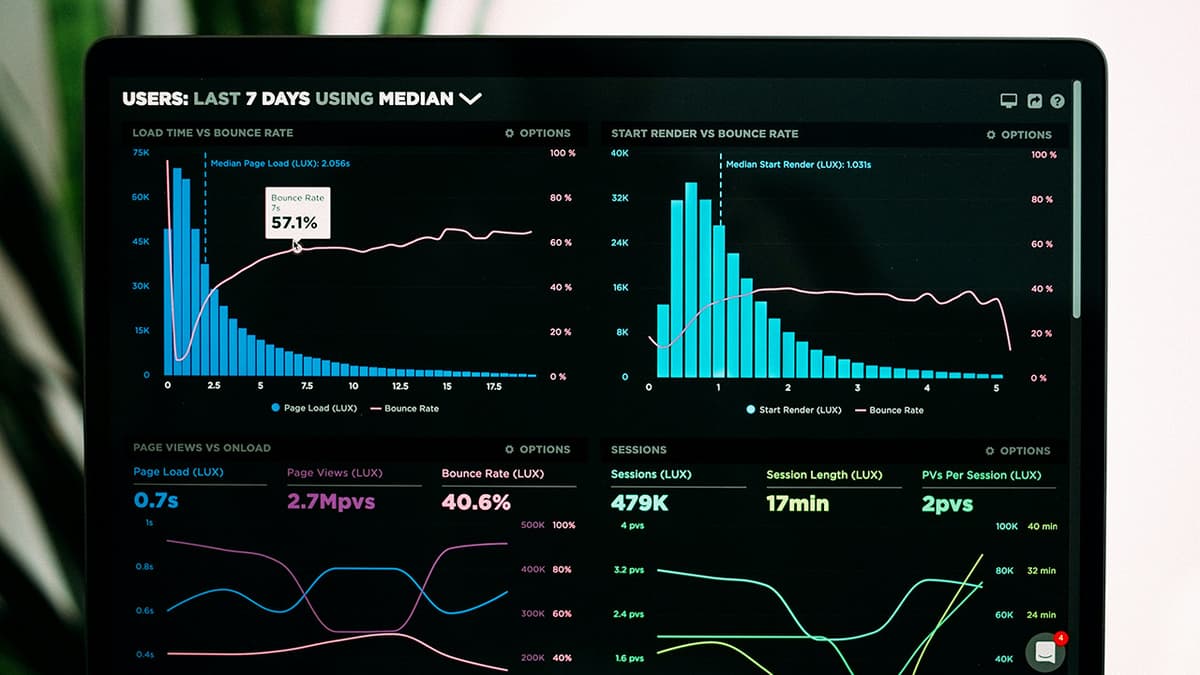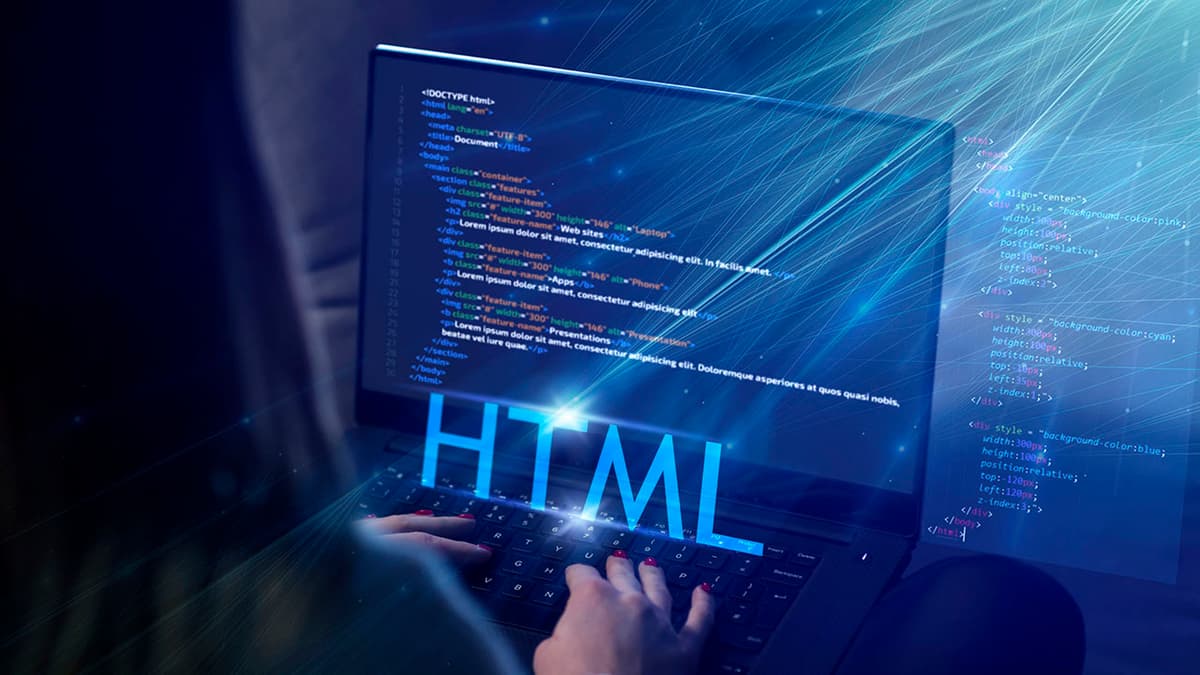Automatic License Plate Recognition Systems
Automatic License Plate Recognition (ALPR) systems are pivotal in modern parking and traffic management. These systems leverage a combination of advanced technologies and mathematical algorithms to accurately identify and process vehicle license plates.
Core Technology and Working Mechanism
-
Image Capturing: The first step in ALPR is capturing an image of the vehicle's license plate. This is typically done using high-resolution cameras capable of capturing clear images in various lighting and weather conditions.
-
Pre-processing: Once an image is captured, it undergoes pre-processing to enhance its quality. Techniques like grayscale conversion, noise reduction, and contrast enhancement are employed. Pre-processing is critical as it sets the stage for more accurate recognition.
-
License Plate Localization: The system then employs algorithms to locate the license plate within the image. This involves edge detection and pattern recognition techniques. For example, a popular method involves using the Sobel operator for edge detection, which helps in identifying the rectangular shape of a license plate.
-
Character Segmentation: After the license plate is localized, the next step is to segment the characters on the plate. This involves separating each character for individual recognition. Methods such as connected-component analysis or contour detection are used here.
-
Character Recognition: This is the core of ALPR. Each segmented character is recognized using Optical Character Recognition (OCR) algorithms. Neural networks, particularly Convolutional Neural Networks (CNNs), are widely used for this purpose due to their effectiveness in image-based recognition tasks. The CNNs are trained on vast datasets to recognize different fonts and styles of license plate characters.
-
Post-processing: The recognized characters are then passed through post-processing to check for errors. Algorithms compare the recognized characters with a database to ensure accuracy and consistency.
-
Integration with Database and Systems: Finally, the recognized license plate number is matched with parking management databases for tasks such as access control, payment processing, or violation enforcement.
Mathematical Aspects of ALPR Systems
The mathematical foundation of Automatic License Plate Recognition (ALPR) systems is deeply rooted in various sophisticated fields of mathematics, particularly in the realms of image processing and machine learning.
Gradient Calculation in Edge Detection
For plate localization, edge detection algorithms play a crucial role. These algorithms often employ gradient calculation, a key concept in calculus. The gradient represents the rate of change of image intensity and is used to identify sharp changes or edges in the images. Mathematically, this involves computing the derivative of the image intensity function. Techniques like the Sobel filter compute the gradient in both the horizontal and vertical directions to detect edges. This is akin to finding where the surface of the image changes most abruptly, which often corresponds to the boundaries of the license plate.
Neural Networks and Matrix Operations
Neural networks, particularly in character recognition, heavily rely on concepts from linear algebra and calculus. These networks perform numerous matrix multiplications, which are essential for propagating input signals through the network's layers. Each neuron in a layer computes a weighted sum of its inputs (a linear combination, a fundamental concept in linear algebra) and applies an activation function (a concept from calculus) to introduce non-linearity. This process allows the neural network to learn complex patterns, like the shapes of numbers and letters on license plates.
Convolutional Neural Networks (CNNs) and Feature Extraction
Convolutional Neural Networks (CNNs) are a specialized kind of neural network that are particularly effective for image recognition tasks, including character recognition in ALPR systems. They employ convolutional operations, which involve applying filters (or kernels) to the input image. Mathematically, convolution is a combined integration of two functions that expresses how the shape of one is modified by the other. In the context of CNNs, these filters help in extracting important features from the image, such as edges, textures, and patterns.
Each filter in a CNN is designed to respond to specific types of visual features, and the convolution operation helps in highlighting these features in the image. For example, one filter might be designed to detect vertical edges, while another might detect horizontal edges. The convolution operation applies these filters across the entire image, producing feature maps that represent the presence of these specific features at different locations in the image.
Integrating Mathematics and Machine Learning
In summary, the mathematics behind ALPR systems is a blend of calculus for understanding image gradients, linear algebra for processing information through neural networks, and the convolution integral from signal processing for feature extraction in CNNs. This integration of diverse mathematical principles with machine learning algorithms enables ALPR systems to accurately and efficiently recognize license plates, making them invaluable in various applications, from traffic enforcement to parking management.
ALPR systems are a complex integration of image processing, pattern recognition, and machine learning technologies, backed by robust mathematical algorithms. They have revolutionized parking systems, offering efficient, automated, and accurate license plate recognition, crucial for effective traffic and parking management. The continual advancements in camera technology, processing power, and machine learning algorithms promise even more sophisticated and accurate ALPR systems in the future.












